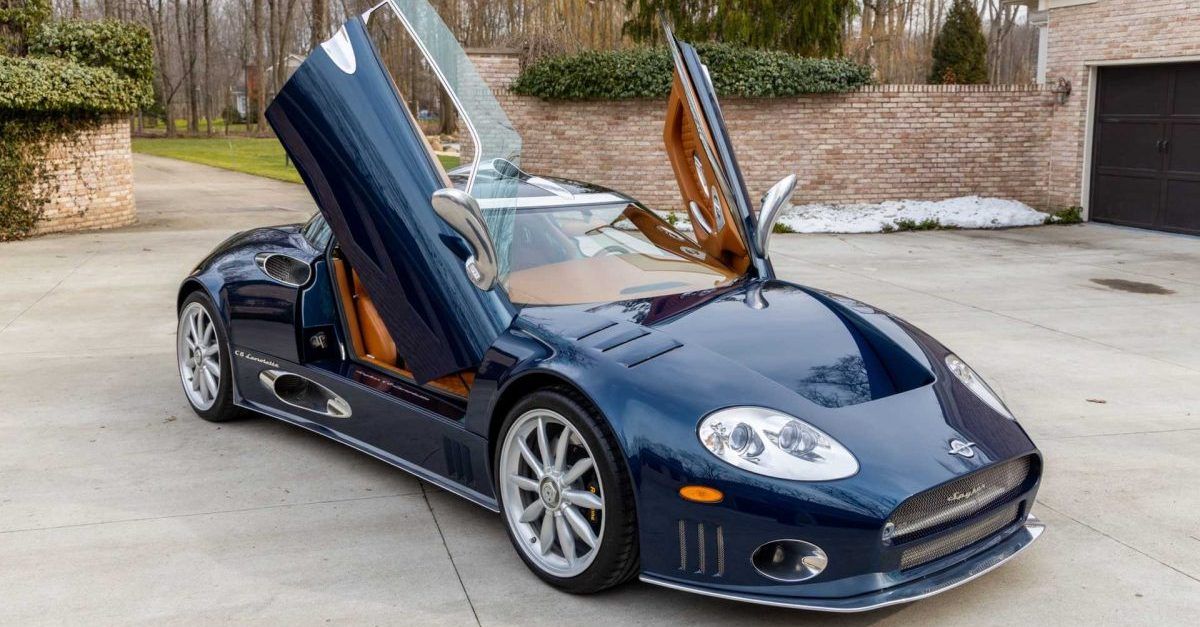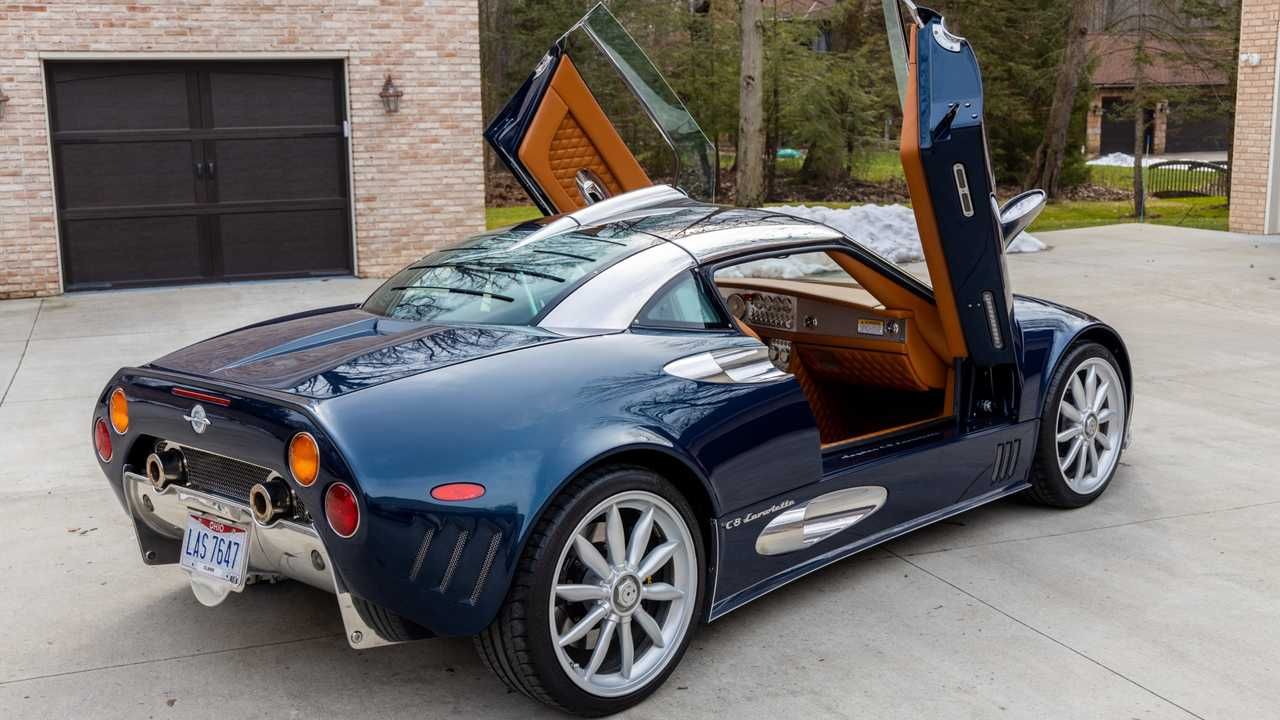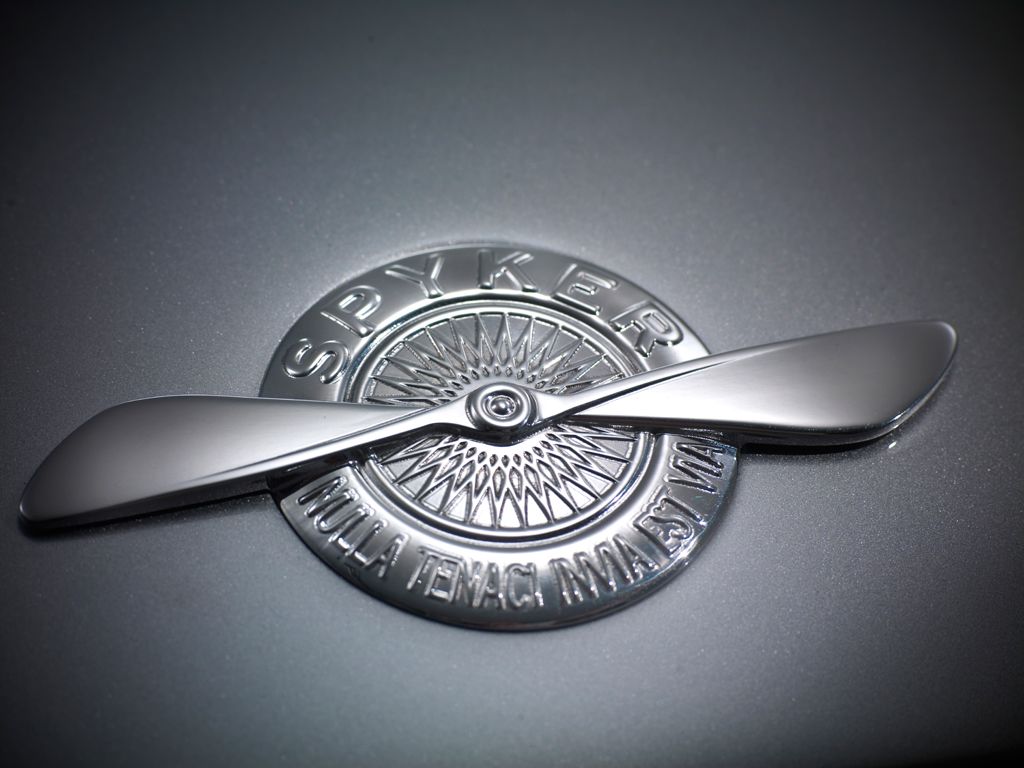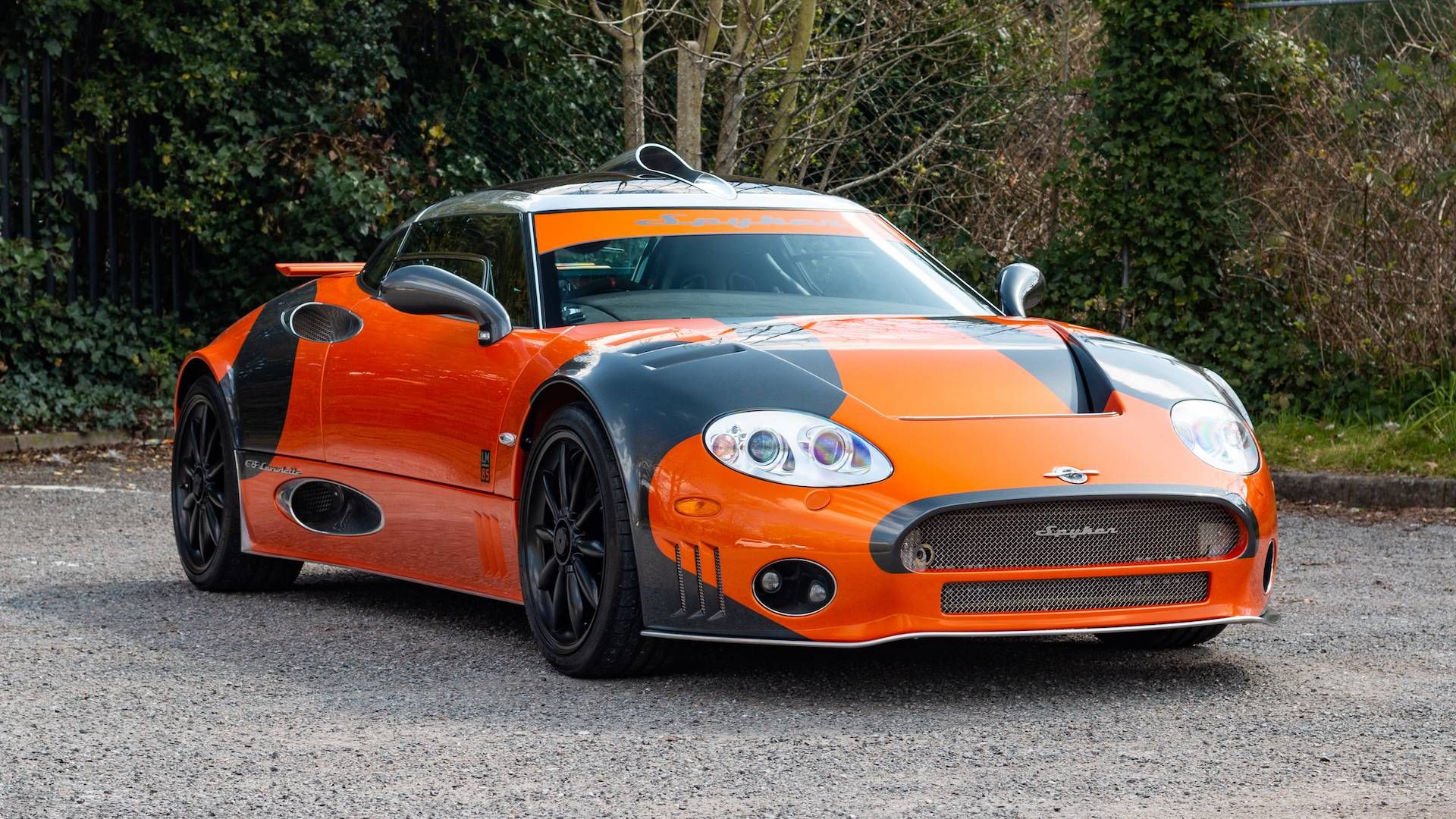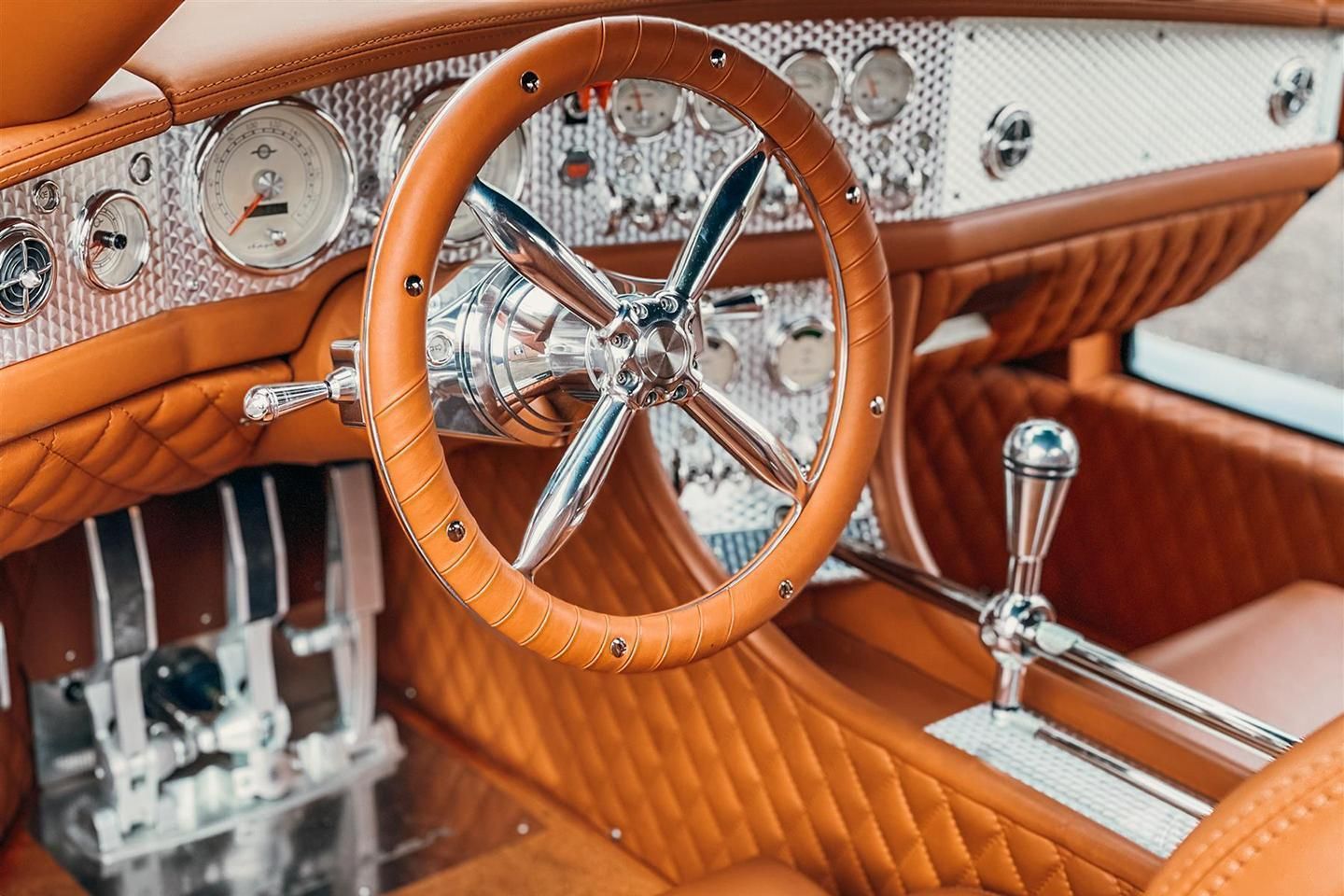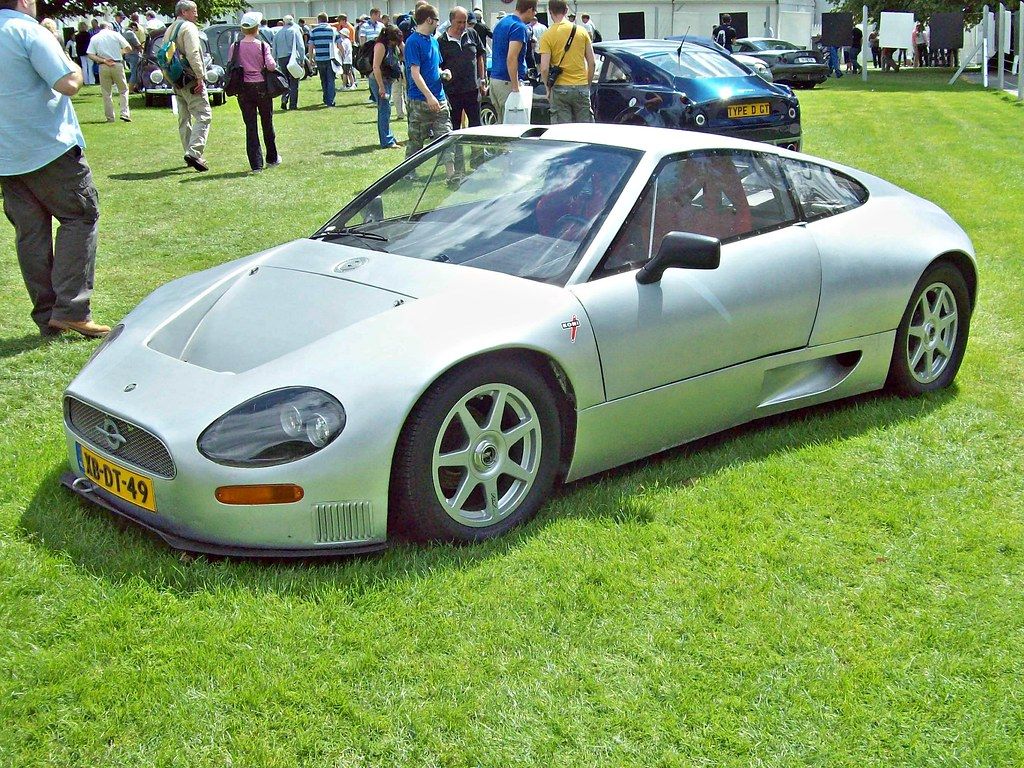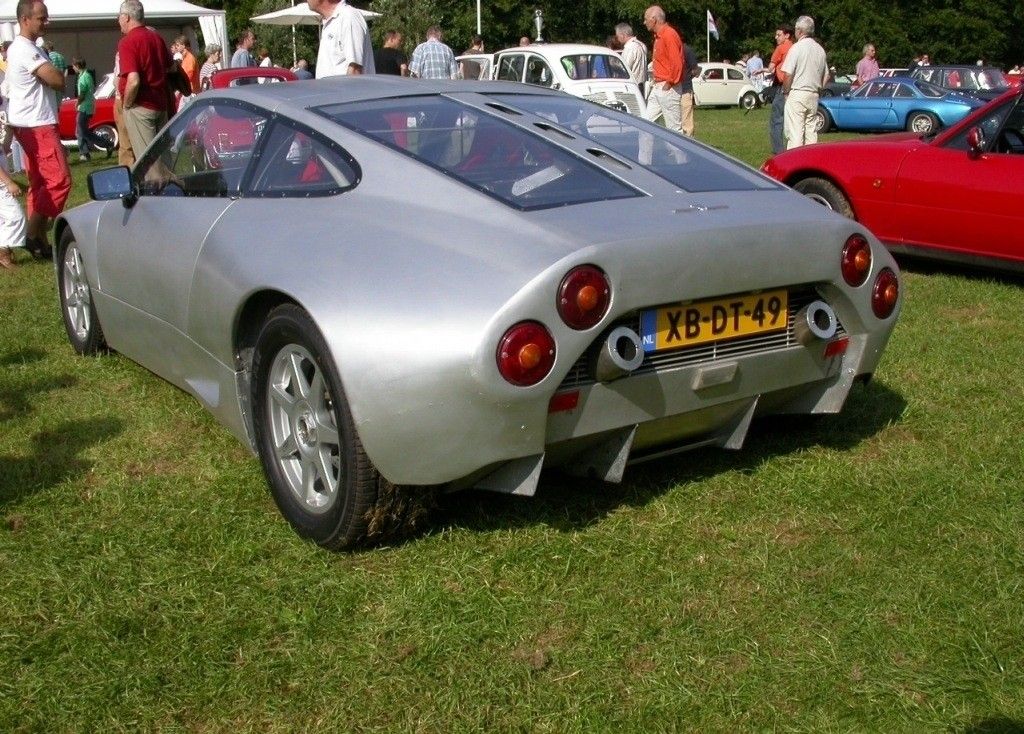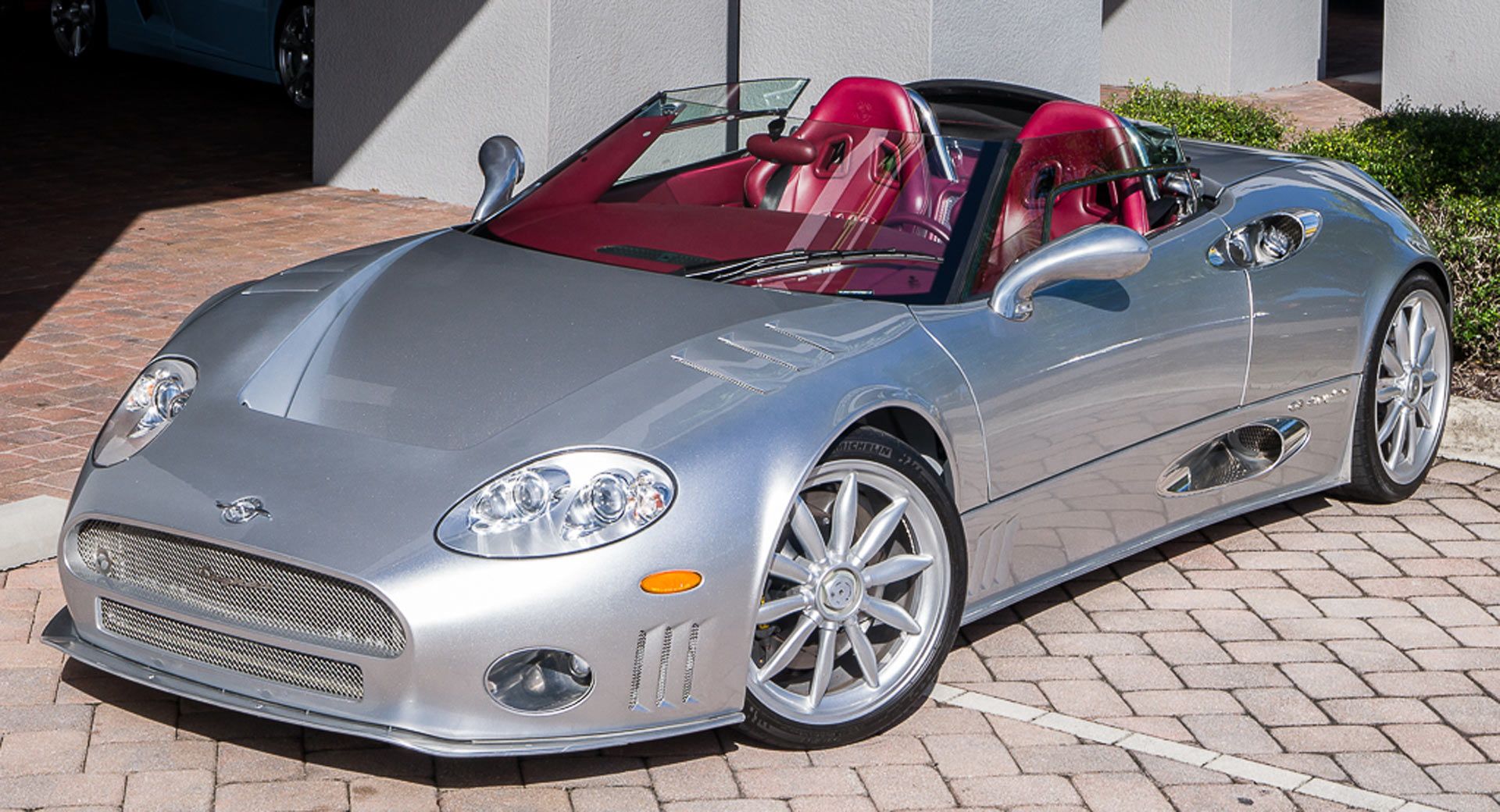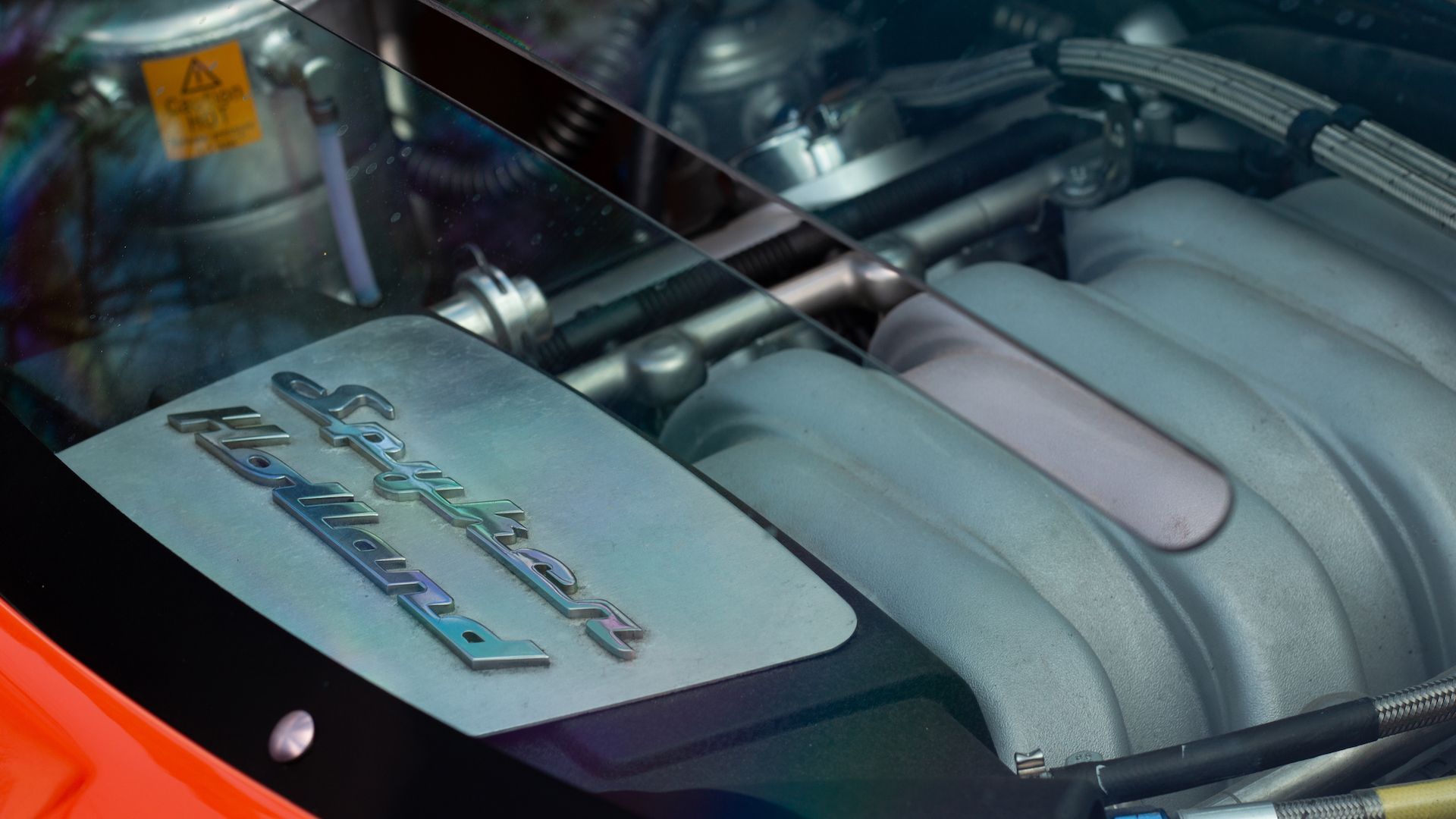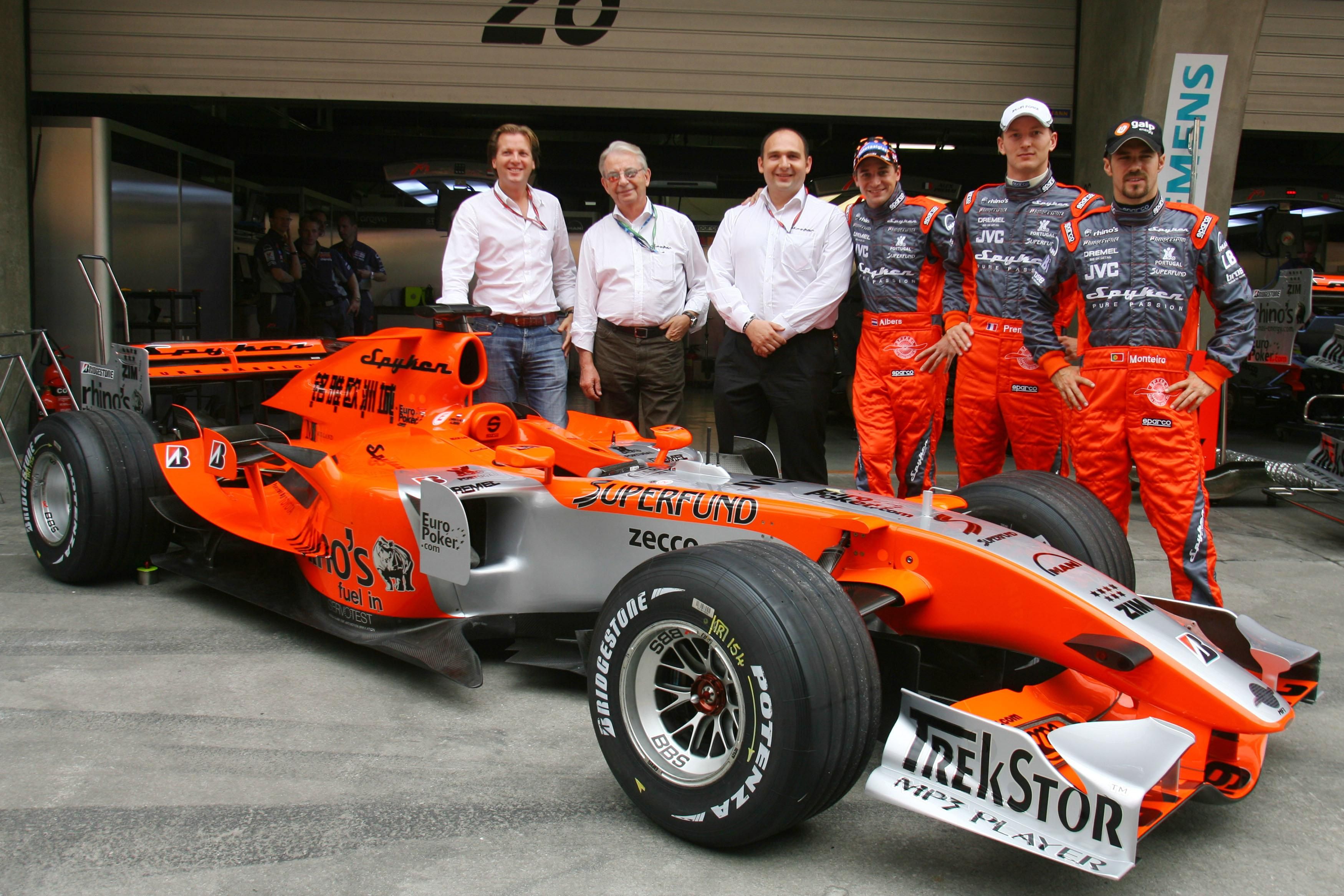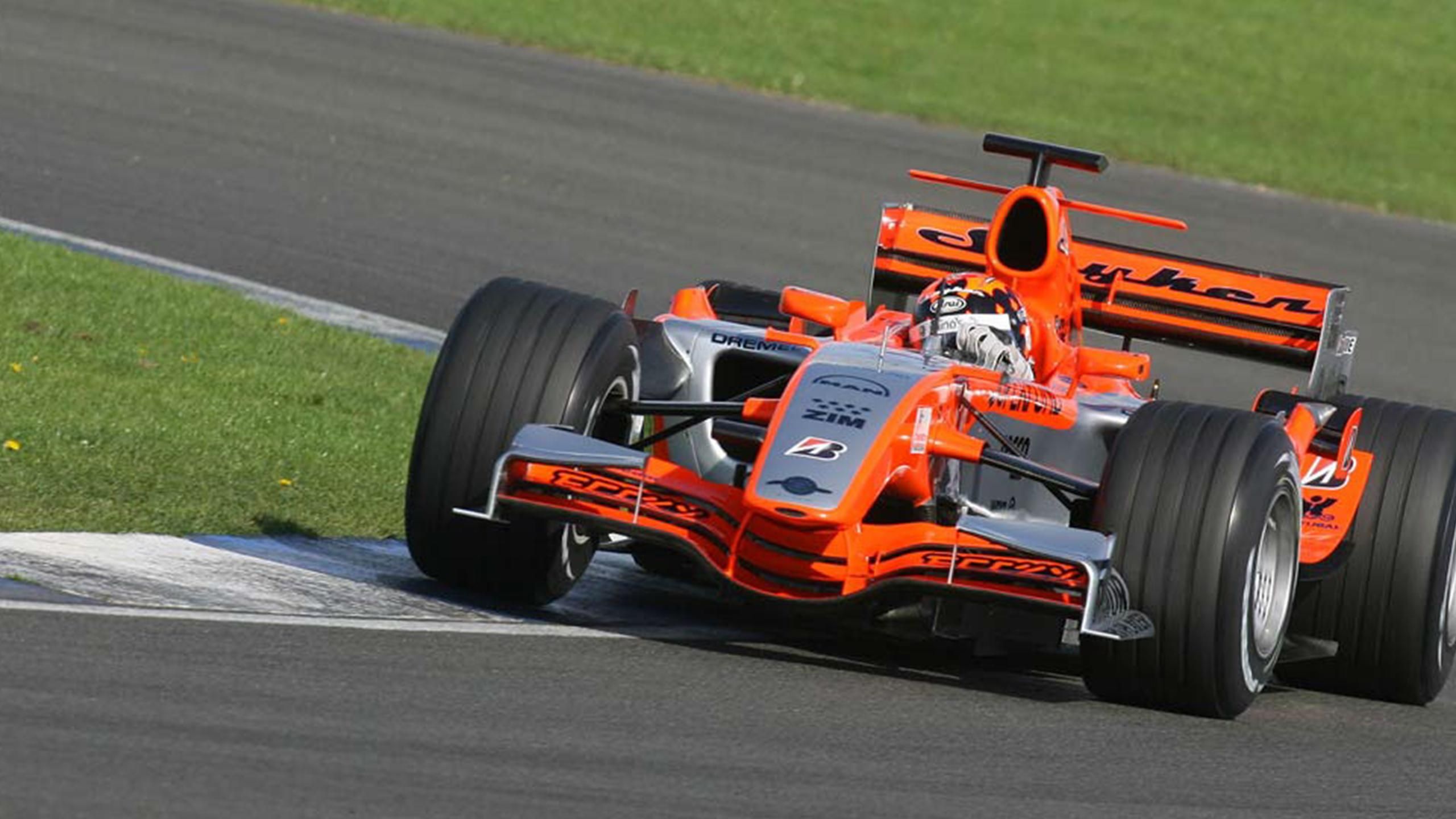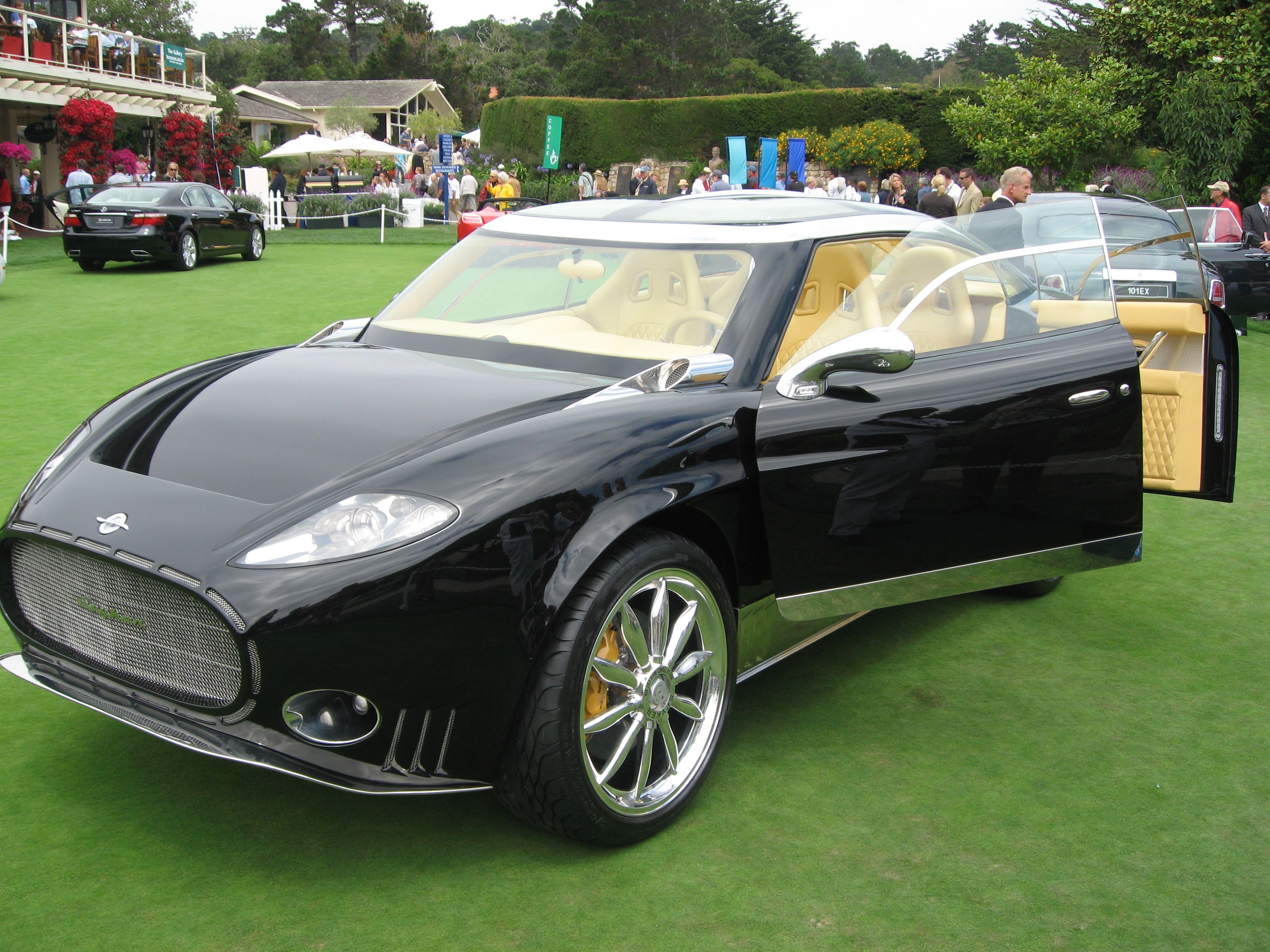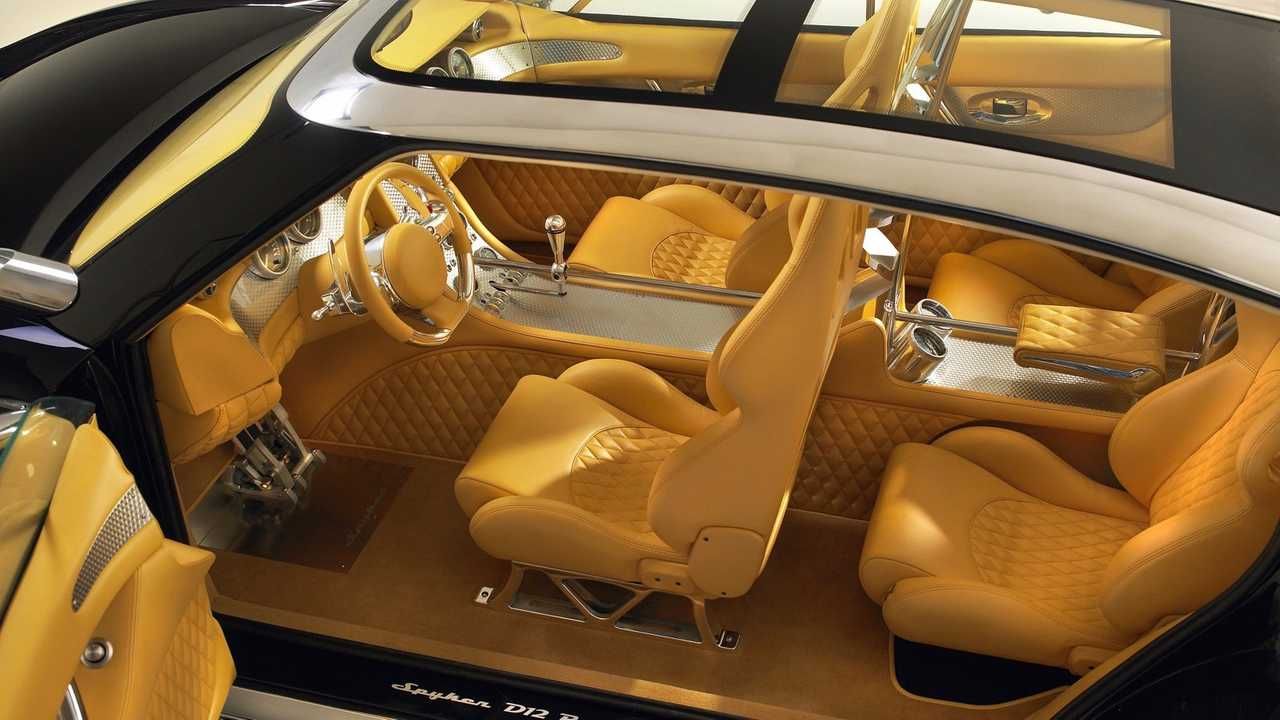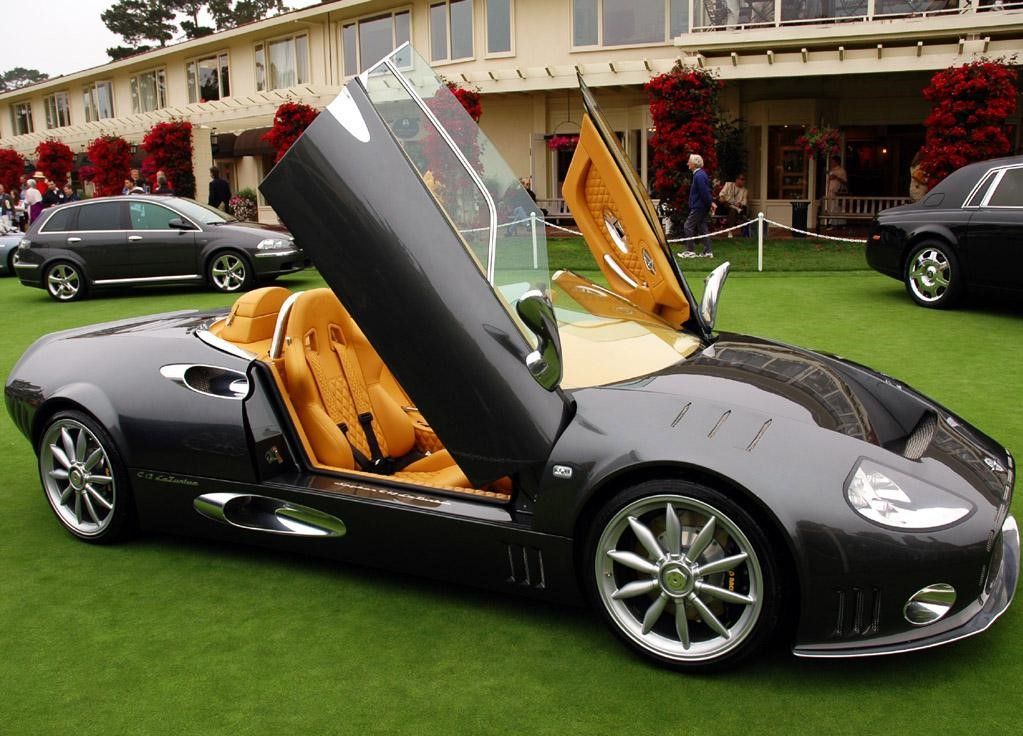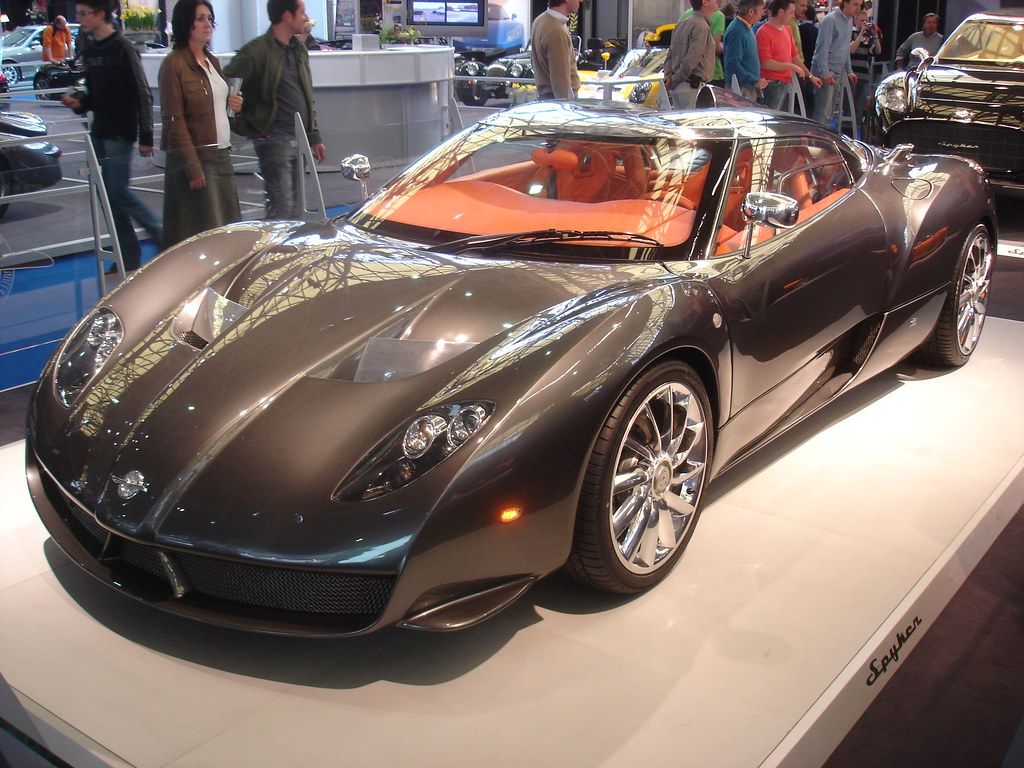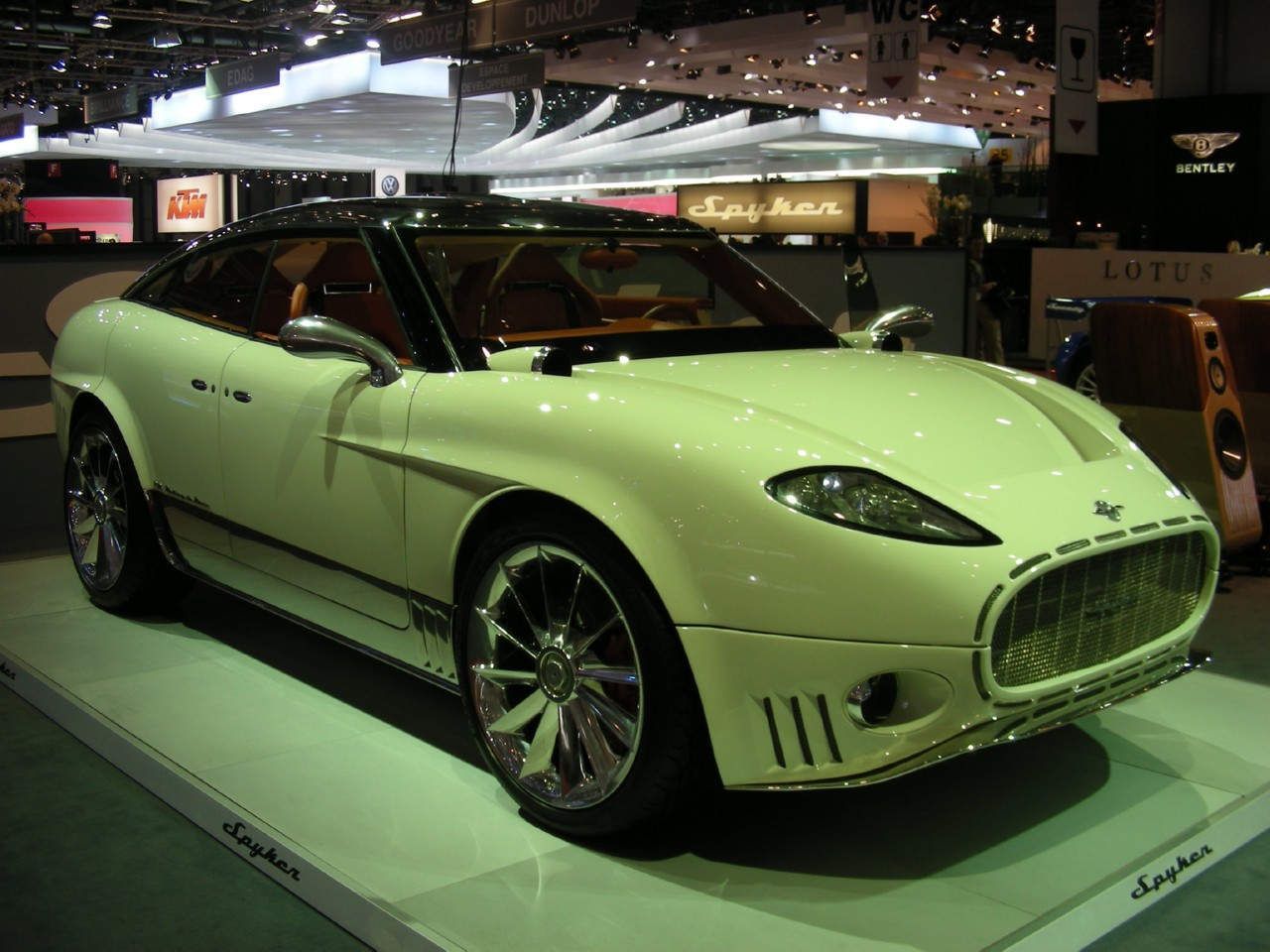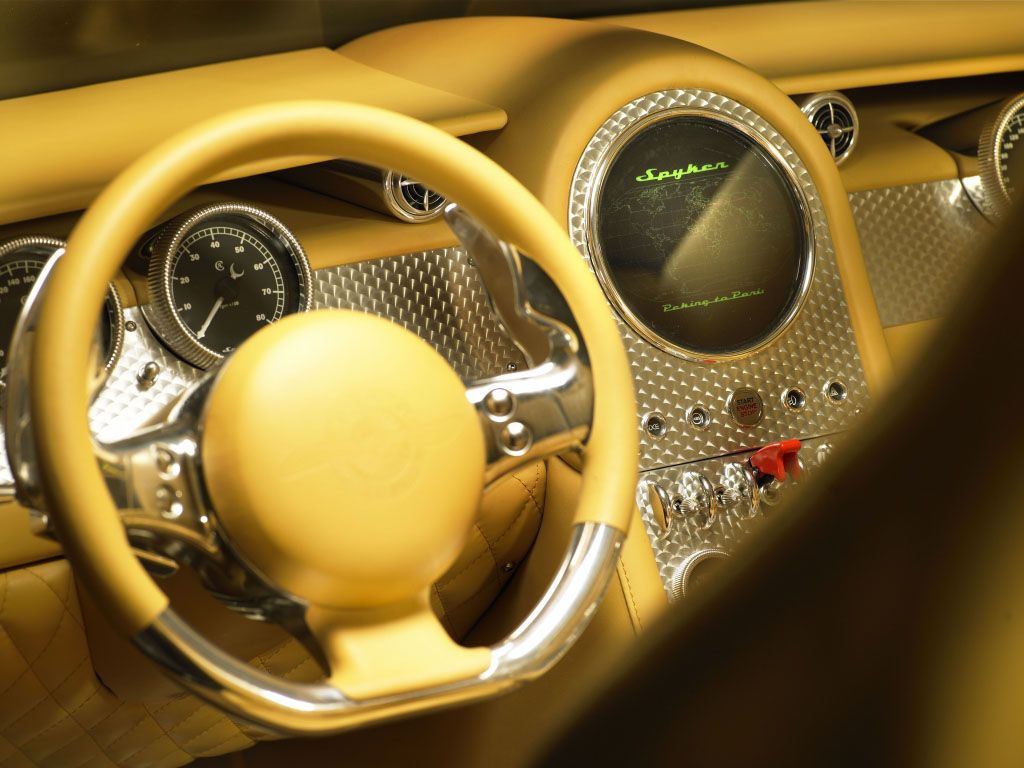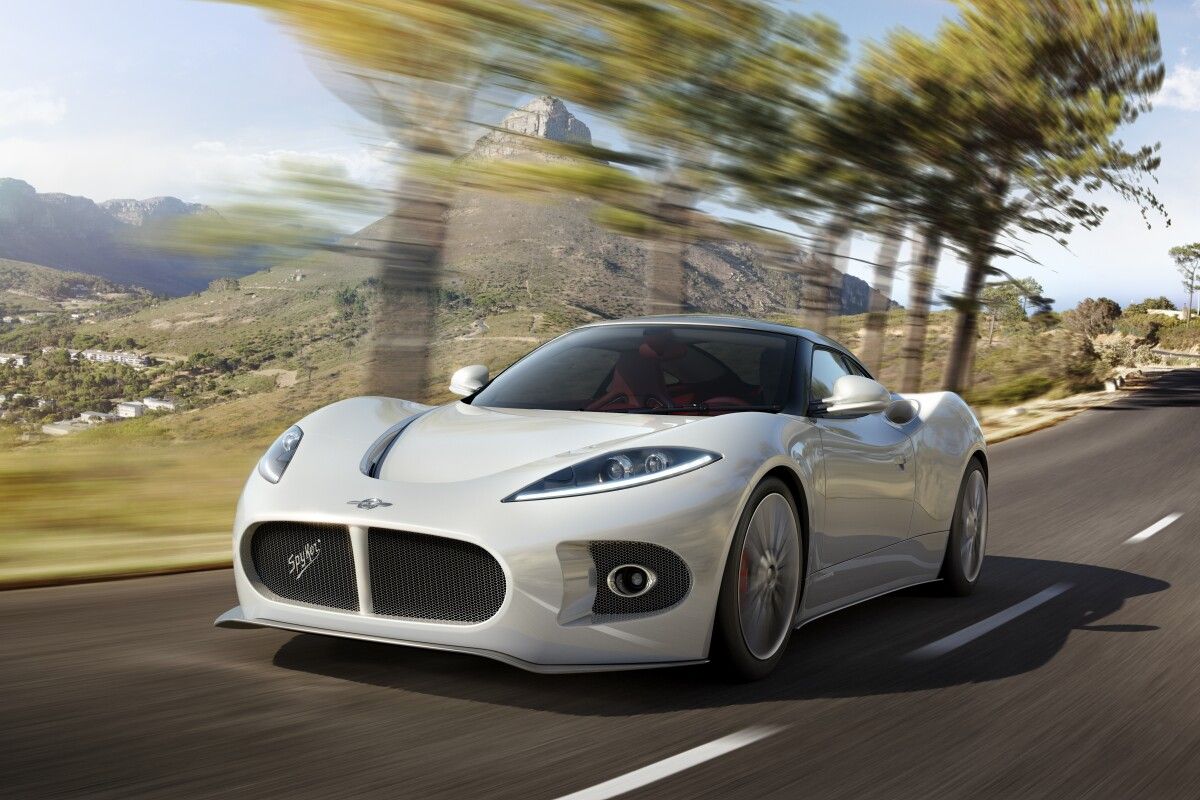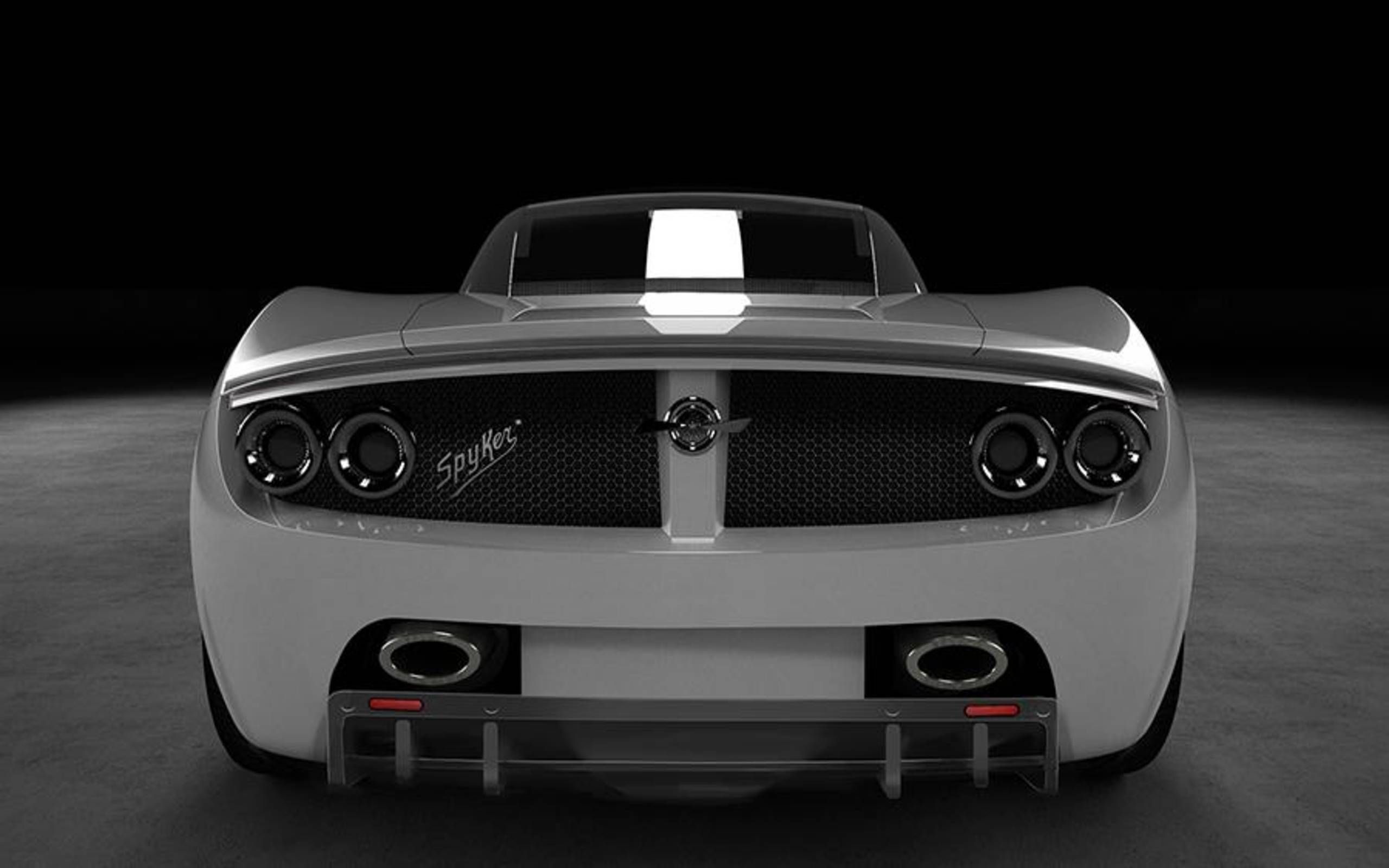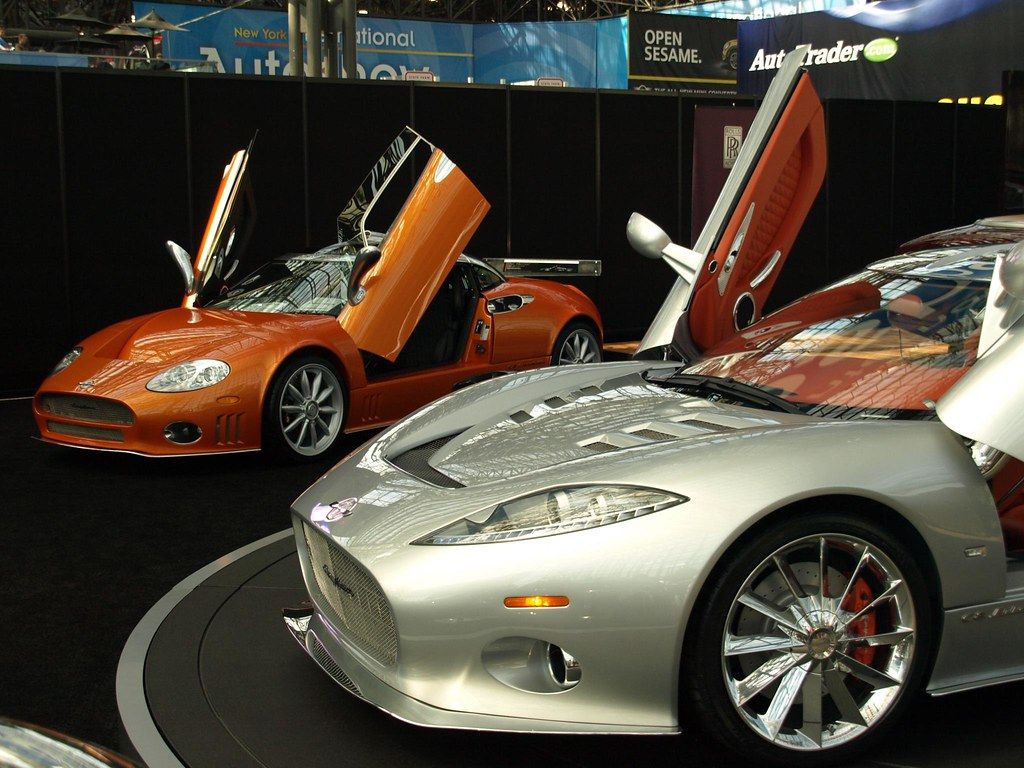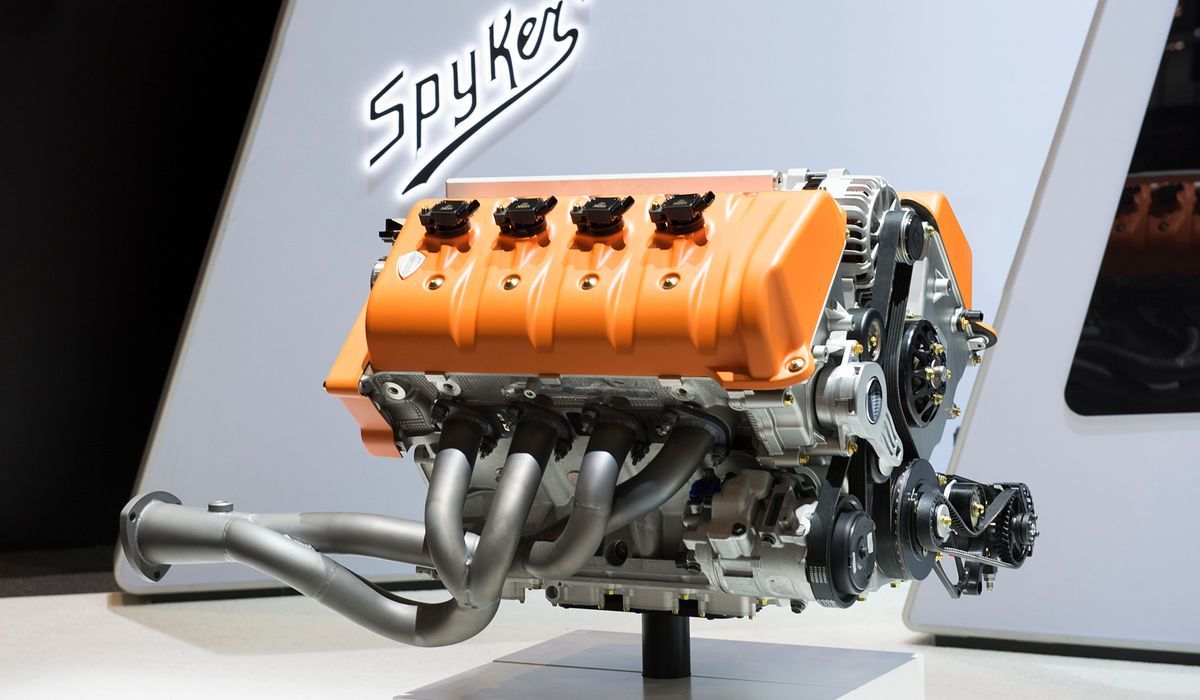It's not every day that a new and exciting car manufacturer takes the brave step to enter the highly competitive world of building and selling high-performance cars but back in 1999, that's exactly what Spyker did. A long-dormant name, Spyker had previously been founded by skilled blacksmith brothers Hendrik and Jacobus Spikjer in 1880. They went on to work with automobiles, aircraft, and lavish carriages before shutting down its production in 1929. Revived for the millennium, the new Spyker company would focus on supercars capable of besting the likes of Italy's finest, like the awesome Ferrari 360 or demonic Lamborghini Diablo VT.
Packed with interesting and sometimes crazy design features, such as a propeller-inspired steering wheel, the Spyker concept cars brought with them a massive breath of fresh air throughout the automotive world. They made their competition, cars like the plainly styled yet ferociously fast Audi R8 V10, look rather boring.
With its diverse history, complicated tale of temptingly sexy yet unmade concepts, an F1 racing team, and financial blight, Spyker could form the basis of a compelling movie, a complex yet interesting story of crazy Dutch engineering.
10 Spyker Who?
The original Spyker company dates back to 1880 and was listed as a Dutch manufacturer of carriage, aircraft, and automobiles, notable for creating both the Dutch Royal family 'Golden Coach' state carriage and the world's first four-wheel-drive car.
Following its financial failure, the Spyker brand was retired in 1929, having manufactured a grand total of 2,000 vehicles. Reborn in 1999 as an exclusive sports car company, there was great hope to rekindle the Spyker branding.
9 For The Tenacious, No Road Is Impassable
Emblazoned beneath their propeller logo, the Latin phrase 'Nulla Tenaci Invia Est Via' forms the company motto and sums up the thinking that led to the design and manufacture of the brand's outlandish, attention-grabbing creations.
Inside and out, Spyker cars are a huge break from what is considered normal, even within supercar circles. Wildly styled, wonderfully finished and unlike anything ever offered before, each car can be considered as a gateway to uniqueness.
8 The Silvestris Prototype
Created as a prototype to showcase a rebirthed company, the Silvestris was the first car to bear the Spyker name since the brand's demise in 1929 and debuted at the 1999 Goodwood Festival of Speed in England to great applause.
Making use of an Audi-sourced 3.5-liter V8 powerplant and gearbox, the Silvestris made 265hp, was rear-wheel drive, boasted scissor doors attached to a galvanized metal central monocoque, and would hit 60 mph in as little as 4.5 seconds.
7 The Wild Spyker C8 And Bonkers C8T
Evolving the Silverstris led to the development and creation of the Spyker C8, a vehicle that now housed a fire-breathing 4.2-liter Audi V8 making 400 hp beneath the hood, allowing for supercar performance and a blistering top speed of 190mph.
Those seeking even more power could look at options running all the way through to 620hp, or simply opt for the highly tuneable C8T Spyder that came fitted with a twin-turbo Cosworth fettled unit putting out 525hp in standard form.
6 F1 Championship Dreams
Buying out UK-based Midland F1 Racing in 2006 Spyker set its sights on becoming a major player within Formula One racing, under the guise of Spyker MF1 before renaming itself simply as Spyker F1 for the 2007 racing season.
Despite having their engines supplied by Ferrari, the Spyker F1 team had very little success, plagued by retirements before scoring only a single point before being sold on to Orange India and being renamed once again as Force India.
5 High-Performance SUV Concept
Way before the likes of Rolls-Royce and Maserati even considered offering luxurious jacked-up SUVs, Spyker dreamt up the curiously-named D12 Peking-to-Paris concept with a proposed 2008 manufacture and sales date.
The public was Initially tempted with the opportunity to buy a sumptuously appointed V12 powered model, with plans then changing to offer a Volkswagen-derived 500hp W12 version before the project was eventually canned.
4 The C12 And C12 Zagato
The plan was to build just 25 bespoke C12 La Turbie models that would feature a 500hp 6.0-liter W12 engine, hand-made Louis Vuitton luggage, Chronoswiss gauges, and the ability to hit 60mph in 3.9 seconds. None however were put into production.
Elevating the C12 platform even further designer Zagato blended the styling of the standard C12 with the sister C8 to create an automotive work of art, only one model was made before the C12 program was scrapped by Spyker.
3 They Once Owned SAAB
In a deal said to be worth $74 million combined with shares in Spyker valuing $320 million, GM passed ownership of SAAB over to new owners Spyker in 2010.
They had bold plans. Bringing their luxury performance SUV to market being first on the agenda. However, that didn't happen. Instead, SAAB went bankrupt and disappeared off the map.
2 The B6 Venator
Yet another failed concept, the B6 Venator was unveiled in 2013 and promised to be an affordable entry point into Spyker ownership. Fitted with a 375hp V6 engine beneath a carbon fiber body, it would have been an exciting high-performance machine.
Stunning to look at, the B6 Venator concept was internally beautifully finished with quilted leather seats, an aircraft-inspired cockpit and had the companies motto proudly emblazoned in chrome lettering across its sleek upper sides.
1 Tiny Sales Numbers And Financial Failure
Over the course of its relaunched life cycle, the Spyker company only managed to manufacture and deliver around 310 completed road-going cars to customers, all of which quickly became sought-after buys, when and if they appeared on the second-hand market.
Plagued by financial issues, the Spyker brand never seemed to find its footing as a car manufacturer. Having taken a number of large gambles with its F1 racing venture plus with the purchase of SAAB, it overstretched itself and ultimately failed.

